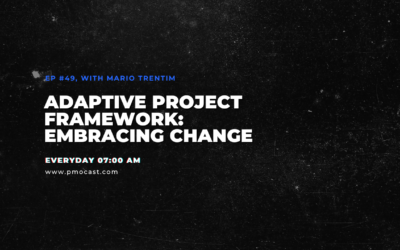Welcome to another insightful exploration into the world of project management. Today, we’ll discuss a critical aspect of successful project management—project scheduling. Mastering project scheduling is key to ensuring that projects are delivered on time, resources are managed efficiently, and project goals are met within the expected time frame.
Project Scheduling: A Crucial Element in Project Management
Project scheduling involves creating a comprehensive plan that outlines when and how project tasks and deliverables will be completed. An efficient project schedule not only keeps track of progress but also helps manage resources and handle potential bottlenecks effectively.
Step 1: Defining Project Tasks
The first step in project scheduling involves breaking down the project into smaller, manageable tasks or work packages. This approach, known as the Work Breakdown Structure (WBS), helps in better understanding the project scope and identifying dependencies between tasks. It’s essential to estimate task durations and resource requirements accurately at this stage.
Step 2: Employing Project Scheduling Techniques
Several project scheduling techniques can aid in developing an efficient project timeline:
1. Gantt Chart: A Gantt chart provides a visual representation of the project schedule, displaying task durations, dependencies, and progress. It’s an effective tool for communicating the project schedule to stakeholders.
2. Critical Path Method (CPM): The CPM calculates the shortest possible project duration by identifying the critical path, i.e., the sequence of tasks that have the longest total duration.
3. Program Evaluation and Review Technique (PERT): The PERT is a statistical method that uses optimistic, pessimistic, and most likely time estimates to calculate the expected project duration. It helps in assessing the uncertainty and risk associated with the project schedule.
Step 3: Resource Allocation and Leveling
Resource allocation involves assigning resources to tasks based on their availability and required skill set. It’s vital to identify resource overloads and adjust task assignments or durations to optimize resource utilization. Resource leveling techniques can resolve resource conflicts and ensure efficient allocation, thereby preventing burnout and optimizing productivity.
Step 4: Monitoring and Controlling the Project Schedule
Monitoring and controlling the project schedule involves updating the project schedule regularly with actual progress and comparing it against the baseline schedule. Identifying schedule variances early allows for corrective actions to get the project back on track. Open communication of schedule updates and changes to stakeholders is key to maintaining transparency and trust.
Mastering project scheduling allows project managers to effectively manage their projects, meet deadlines, and ensure stakeholder satisfaction. The right tools and techniques can make project scheduling a strategic advantage rather than a burdensome task. Don’t forget to share your experiences and insights using the hashtag #PMOCast. Until next time, continue successfully managing your projects!
SEO Keywords: Project Scheduling, Project Management, Gantt Chart, Critical Path Method, Program Evaluation and Review Technique, Resource Allocation, Work Breakdown Structure
Meta Description: Learn the essential tools and techniques for effective project scheduling. Master the art of delivering timely project deliverables and ensure stakeholder satisfaction.




0 Comments